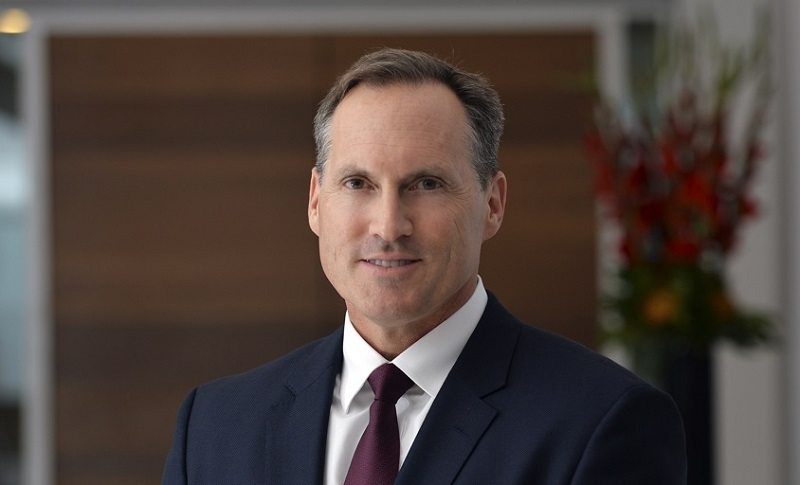According to Syz Group, the rise in passive investing puts the whole essence of capital markets at risk as there is no discrimination between good and bad stocks, while LGIM’s chief executive Mark Zinkula is more agnostic on the issue.
Syz chief executive Eric Syz said he would never buy a passive fund and nor would his firm’s wealth management business.
Syz said if index funds eventually dominated the fund world then everyone would have an equal share of the index and there would be no selection to reward well-run companies or to sanction bad companies.
“It’s probably going to take a long time but there will be a tipping point where active managers, because there will be fewer and fewer of them, will potentially have a big enough influence to move stocks,” he said.
“This is because it will take very little capital to buy or sell a stock because nobody is on the other side to absorb it when everyone else is an indexer.”
He was convinced active managers would have the upper hand in the next 20 to 30 years.
Passives agnostic
Meanwhile, Legal and General Investment Management chief executive Mark Zinkula (pictured) said he believed in using both active and passive products.
“We manage around 20% in traditional active funds, 50% outcome orientated funds, 20% in passive funds. We believe in both,” Zinkula said.
He expected passive funds to increase in popularity a decade ago but did not expect the magnitude in which it had increased.
In the US, index funds have risen from 20% of assets in 2008 to 37% in 2018. In Europe, those figures have risen from 10% in 2008 to 16% in 2018.
Fees
In the US, the focus on eliminating commissions and fees was the main driver for passive funds.
“The focus on fees has been more pronounced in this low interest rate environment and this has caused more passive growth,” Zinkula said.
Syz said fund fees are only a problem on bad products.
“Let’s take hedge funds for example who in the good days for 10 years in a row were cranking out 20%+ every year net to the customer but they had very high fees. Some people said ‘I’m not going to pay the high fee and I prefer to have much lower fees but only make 5% a year’.”
Passive crowding
JO Hambro Capital Management fund manager Mark Costar said the rise in passives had a huge impact on price formation in markets as people trade the same stocks for the same reasons at the same time.
“This crowding results in equities becoming reactionary rather than anticipatory mechanisms,” he said.
“The more data or more data scientists does not mean better results. It doesn’t fundamentally yield better outcomes. Investment performance and underperformance will come in more powerful concentrated bursts.”
Costar expected the decline in long term equity ownership would continue.
Syz noted that there was a clear herd mentality going on with passives in the market.
“I think the question is how long will the low volatility prevail? Is it the new reality? And I would say ‘no’. On the other hand, with less and less liquidity, an accident is bound to happen and we saw it happen with volatility spiking,” he said.
“Because volatility is close to zero there is no market intervention, no opinion in the market, everybody does the same thing at the same time all the time and we all know that’s not going to happen. I think it’s an illusion for people to think that volatility will stay low.”







